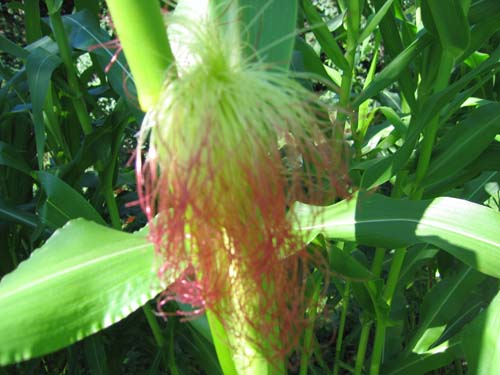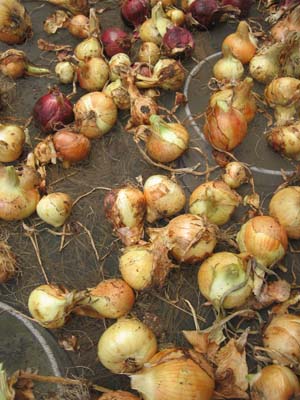Spring Awakening Moon
Two stories from the world around us.
Michele Yates, a docent colleague, toured a group of second graders last week. At the James Ensor expressionist piece, “Intrigue”, a little boy raised his hand, “Look, you can see the paint. It’s still wet.” Turns out this young art connoisseur believed we had a basement filled with producers of art, crankin’em out every so often for the delight of the viewing public. A time when it would have been delightful to be inside his mind and see the imagined works underneath the museum. I see trolls and gnomes and dwarfs hard at work. How about you?
(Frejya and the dwarfs)
An l.e.d. sign for onion sets drew me off Highway 35E and put to Beisswinger’s Hardware Store. Beisswinger’s is a great old style hardware store with lots and lots of stuff cared for by employees who actually know how to use it all. When I took my brown sacks of red, yellow and white onion sets inside, it occurred to me that I still need a fence tester for our electric fence; the high voltage pulse knocks out ordinary voltmeters. I know. I did it.
Anyhow, he’d never heard of one, but agreed to look it up. Both of us were surprised when he found not one, but two. On the way to the electric fence tester aisle, he started this story exactly like this:
“So, Charlie Brown and I were in New Hampshire on my uncle’s farm. He’s an old guy, over 70, but wiry. We’re going out hunting [I’m thinking this is a joke, so I’m preparing to laugh whether it’s funny or not. He seems like a nice guy.] and the old man scrambles over an electric fence. Charlie Brown steps over it, but gets a jolt.” In his red Beisswinger store shirt, this guy seems believable. He goes on, “The old man hollers back over his shoulder, ‘Burn your bag, boy?”
I had students from Eau Claire and New York Mills today. Both groups were fun, interested and engaged.



